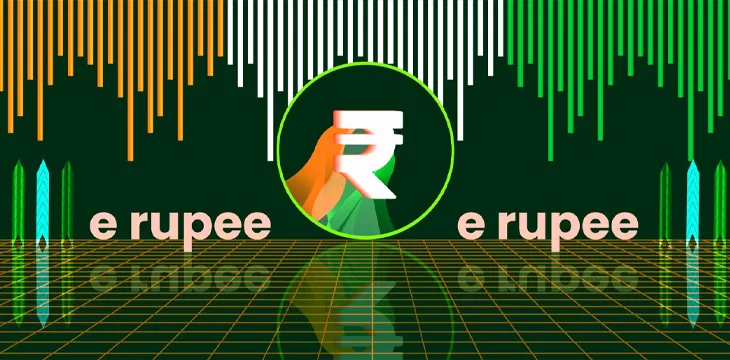|
Getting your Trinity Audio player ready...
|
India’s banking regulator has expressed confidence that its central bank digital currency (CBDC) could record 1 million transactions each day before the end of the year.
The Reserve Bank of India (RBI) is keen on seeing the digital rupee operate beyond the purview of a payment instrument. In a speech to attendees of a financial conference, RBI Deputy Governor T Rabi Sankar disclosed that the central bank has several plans to trigger increased adoption of the CBDC.
Sankar noted that a substantial strategy to achieve the one million daily transaction milestone is by integrating cross-border payment functionalities and ensuring the safety of user data.
“We will have to ensure how the anonymity of transactions under CBDC is maintained,” said Sankar.
India officially began its CBDC pilot at the tail-end of 2022, roping in several banks to assist in developing retail and wholesale versions. Within 60 days, the retail pilot had onboarded 50,000 users and 5,000 merchants, with the RBI saying it will adopt a slow-and-steady approach toward CBDC development.
After crossing existing milestones, the RBI set a new target of 1 million users before the end of June, in addition to the planned integration of the CBDC with the United Payments Interface (UPI) through QR codes.
“We want to assess the impact and learn as we go,” said Sankar. “By the end of June, we are targeting one million CBDC users. We are also planning to make UPI Q code interoperable with the CBDC.”
At the moment, the retail pilot has 1.3 million customers and 300,000 merchants after seven months since its launch. While details of transaction volumes are sparse, pundits posit that the new target of a million daily transactions may be the most challenging milestone placed by the RBI.
To achieve the target, the central bank is expected to extend the pilot to more cities across India by adding new use cases across transportation and retail sectors. The retail pilot is spearheaded by eight Indian banks, including the State Bank of India, ICICI Bank, IDFC First Bank, Bank of Baroda, Kotak Mahindra Bank, Union Bank of India, HDFC Bank, and Yes Bank.
Two dozen CBDCs expected to go live by 2030
Given the pace of global CBDC development, the Bank for International Settlements (BIS) has predicted that 24 central banks will launch digital versions of their national currencies before the end of the decade.
According to the BIS report, up to 15 retail CBDCs are projected to be operational in the coming years, with the paper predicting nine wholesale CBDCs. Developing countries are seen to lead the push into CBDCs as they target improved financial inclusion and domestic payment efficiency.
China, Russia, and India are among the countries in pole position to launch CBDCs in the coming years, with their central banks exploring the possibilities of cross-border payments.
To learn more about central bank digital currencies and some of the design decisions that need to be considered when creating and launching it, read nChain’s CBDC playbook.
Watch: Blockchain ticks all the boxes for India’s thriving e-commerce market

 08-31-2025
08-31-2025 





